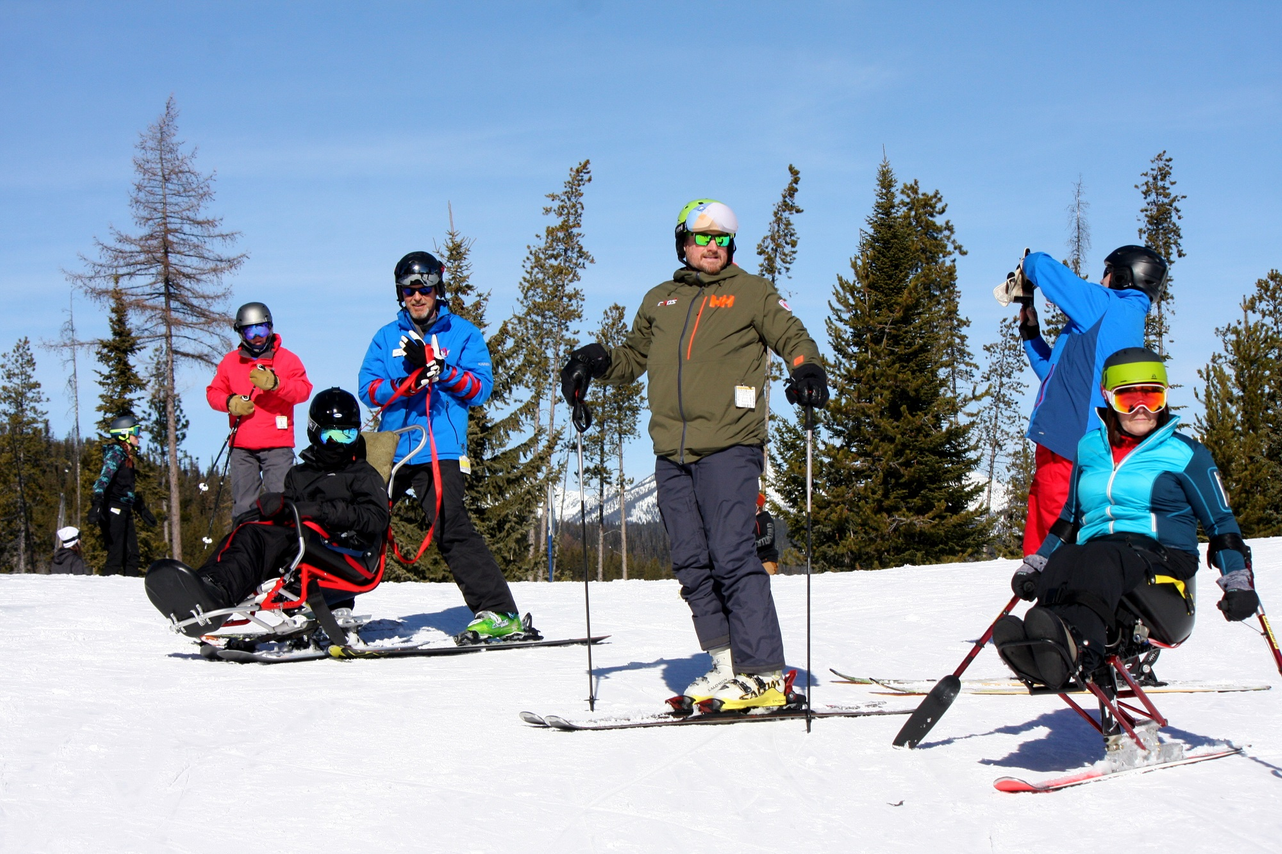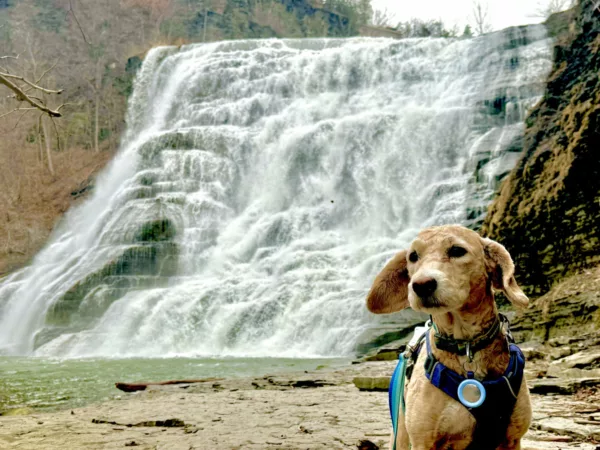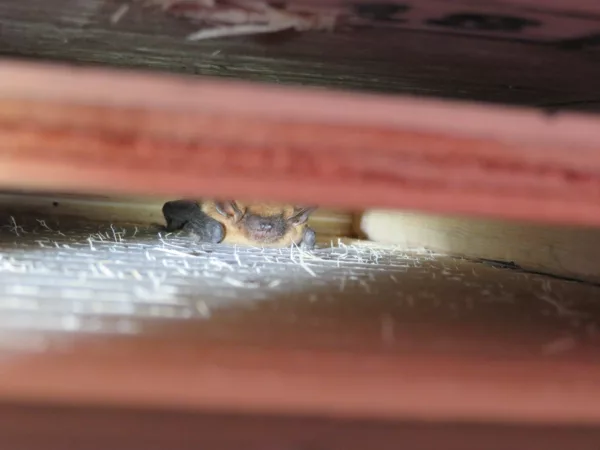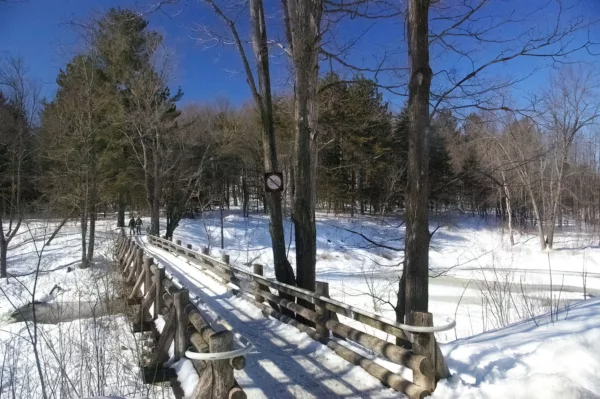Canadian Adaptive Snowsports: Accessible Outdoor Winter Adventures

Meet the organization that’s growing an accessible community on Canada’s ski slopes.
What started as the brainchild of Canadian Ski Hall of Famer Jerry Johnston back in the 1960s and 70s has flourished over the years into a national network of 60 clubs striving to make snowsports more inclusive and fun for people living with disabilities.
Canadian Adaptive Snowsports (CADS) boasts 2,100 students, 1,600 certified instructors/coaches and 1,500 volunteers, family members and caregivers.
Snowboarder and former adaptive snowboard coach Christian Hrab has been the executive director of CADS since 2015. He says it feels like there are a lot less barriers to snowsports now.
During the pandemic, CADS worked closely with other national organizations like the Canadian Ski Instructor Alliance and the Canadian Association of Snowboard Instructors to refine their teaching methodologies.
“Volunteers are extremely precious and valuable. If you like to ski, you can become an instructor,” says Hrab.
CADS has four level of instructors, and the levels tend to “go with the progression of the slopes,” as Hrab puts it. The CADS instructor certification program is consistent from coast to coast.
Hrab says another way folks can support CADS off the snow is to take on an administrative role.
“All the clubs require leadership volunteers. We don’t have a specific volunteer profile, but the best way to get involved is to find a local club where you ski and call them up. Any local club would be so happy to have someone knock on their door and help out.”
Every year, CADS hosts a weeklong festival of adaptive skiing and snowboarding. Instructors volunteer to teach mornings (afternoons are for free skiing) and students who sign-up get five half-day lessons.
“It can be a little taxing to ski five consecutive days, but it’s a great opportunity to ski a lot. It’s also built around the community so there are a lot of evening and afternoon events for friends and family. The beauty of skiing and snowboarding is it’s a wonderful place to socialize,” says Hrab.
Last year, the annual adaptive festival took place at Sun Peaks Ski Resort. Hrab remembers fondly a chairlift conversation he had with two young brothers who are on the autism spectrum. “These kids get rejected from school sports and activities because they are a little different, so they say it sucks. They can’t participate in school sports, yet they are full of spunk and energy. At CADS festival, they are part of the gang. It’s a welcoming environment,” Hrab says, adding that their dad would go off skiing while the brothers were in their course. “He would meet them at lunch, and you could tell Dad was excited to see his kids just have plain old healthy fun.”
This year, CADS Ski and Snowboard Festival takes place at Kimberley Alpine Resort from March 19 to 24, 2023. Participants and volunteers get discounted rooms and lift tickets.
“It’s really a celebration of the fun of skiing. Like one mom told me, ‘They can live their best life for a week,’” Hrab notes.
He encourages families living with a person with a disability to hit the slopes together this winter. “Yes, they could do a sport with other people with disabilities, but you as a family are spectators. Skiing makes the opportunity for everybody to participate together.”
Secondly, Hrab says skiing and snowboarding is “gravity assisted pleasure.” He explains, “You’re just sliding, basically. So, [for] someone with limited mobility, it’s not as much work to get a thrill and the wind in your face in the great outdoors.”
But the best reason to get out on the mountain? “Skiing is fun!”
More Winter Adventures:
10 Best Winter Hikes Near Vancouver, British Columbia
Lost Keys, Cold Kids: A Snowshoeing Adventure
The Best Winter Camping Spots in Ontario







 Canadian Adaptive Snowports
Canadian Adaptive Snowports Canadian Adaptive Snowports
Canadian Adaptive Snowports Canadian Adaptive Snowsports
Canadian Adaptive Snowsports






